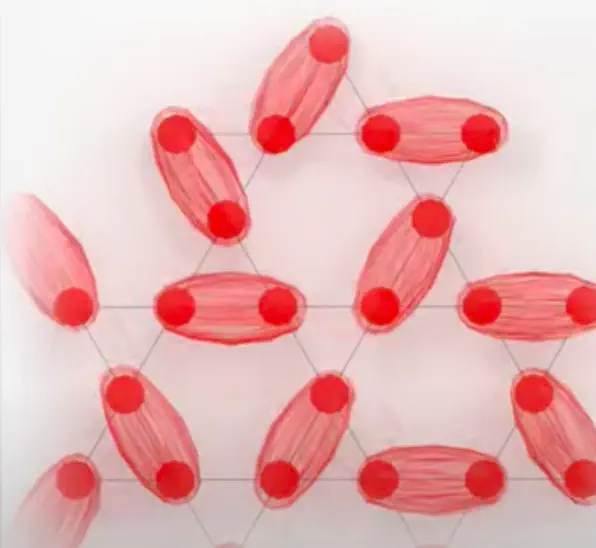 A possible short-range spin pairing in a resonating valence bond (RVB) stat
A possible short-range spin pairing in a resonating valence bond (RVB) statIntroduction
Quantum many-body systems, particularly those with frustration, have been the subject of intense study due to their rich phase diagrams and their potential to host exotic quantum states. Extensive work has been done on the ground state phase diagram of the spin-
Objectives
- Neural network quantum states (NQS): Application of NQS as a powerful computational tool to simulate the quantum ground state of the frustrated XY model4. NQS provides an efficient representation of complex many-body quantum states, allowing detailed exploration of the system’s behavior.
- Quantum information tools: Use quantum information measures such as concurrence, quantum discord (QD) and entanglement entropy to quantify and characterize the entanglement and correlations within the system. These tools will provide valuable insights into the nature of quantum phases and transitions.
- Investigation of suggested quantum spin liquid phase: Investigate the possible existence of suggested quantum spin liquid phase within the frustrated XY model. Use NQS simulations and quantum information measures to identify and characterize these phases and shed light on the underlying physics.
 A possible short-range spin pairing in a resonating valence bond (RVB) state. See this interesting movie for more insight.
A possible short-range spin pairing in a resonating valence bond (RVB) state. See this interesting movie for more insight.
Significance
This project contributes to a broader understanding of quantum many-body systems with frustration, providing insights into novel quantum phases and transitions. The application of advanced computational techniques combined with quantum information tools provides a unique and powerful approach to the study of complex quantum systems.